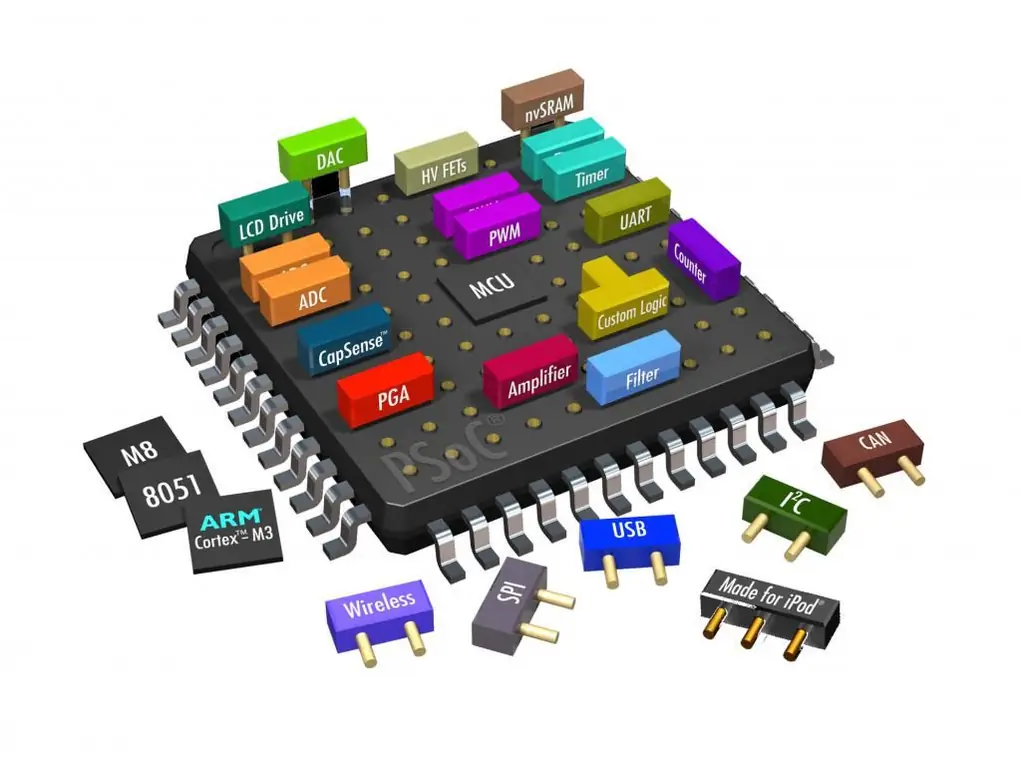The RAM of a mobile phone performs essentially the same function as on a computer. Namely, it provides memory resources to applications that require it. But this will be discussed in more detail in this article.
What is phone RAM?
Any application, be it a phone or a computer, needs to save its data as it runs. These can be intermediate results of calculations, data from the user, or even addresses of sites on the Internet. In order for the program to be able to store it all somewhere, a random access memory mechanism was implemented. With it, the application can quickly write a certain set of data into memory, and then also quickly retrieve it if necessary. The RAM of a cell phone or computer is not capable of storing information for a long time, and after turning off the power it is reset.
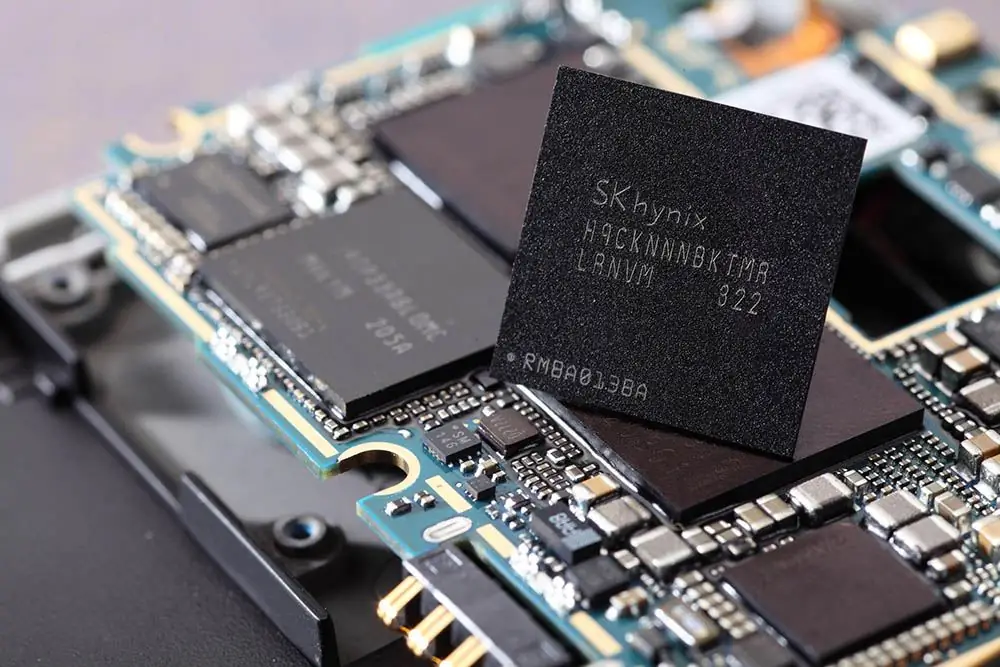
Difference between phone and computer RAM
If on a personalOn a computer, any user can always change the memory bar to a larger one, but this cannot be done on the phone. The fact is that the mobile RAM is a chip soldered on the board. This means that in order to increase the volume, you will have to re-solder the module.
What features does RAM implement?
So what does the RAM in the phone affect? In short, RAM allows you to use several resource-intensive applications at the same time. Accordingly, if the amount of memory is not large enough, the system will unload those programs that are currently in the background, giving preference to those that are running.
How and how much RAM is consumed by the system?
Mobile platform operating systems such as Android and iOS are sufficiently optimized and balanced. That is, the distribution of resources in them occurs in the most rational way. The developer of each specific application is responsible for the extra overexpenditure of RAM. If his product is not optimized and leaks memory, then any smartphone will not have enough RAM.

Any operating system can be supplied both in its pure form and in the form of branded shells from the manufacturer. Accordingly, much more resources may be required for the latter. On average, the Android operating system consumes about 500 megabytes in its pure form. If additional shells are installed on top of it, then this figure can be safely multiplied by 2, or even by 3. AlsoThe consumption of RAM in your phone can be affected by various innovative features and capabilities. For example, various mechanisms for detecting faces and fingerprints.
RAM & Applications
The range of RAM consumption in phones is quite large. One application can consume up to 10 megabytes, another - more than 200. On average, programs use 90-100 megabytes of RAM. As a rule, these are various messengers, light clients, simple browsers. Now it becomes clear why the phone needs RAM. It "stores" applications and games in it.
Mobile games
What does the RAM in the phone affect in terms of games? Almost everything. If the phone's RAM is not enough, the game may not start at all. Basically, games, especially the new generation, consume from 300 to 800 MB. That is, a smartphone for the game must be very productive and have a large supply of RAM.

How much memory do you need?
It is necessary to calculate the required amount of memory based on the needs of a particular user. If he is a gamer and likes to play modern games, you will have to throw in about 1 GB of stock. Next, you need to calculate the required volume for applications. If a user often uses social networks and instant messengers, and even everyone else, then you can safely reserve about 800 megabytes for this. Next, you need to pay attention to the shell. If you use a regular version of a clean system, for example Android, then you need to add about 700 more to the stockMb. If the shell is proprietary, this volume can increase to 1.5 GB. Thus, a productive smartphone for a gamer who likes to chat online should be equipped with at least 4 gigabytes of RAM.
How to increase RAM on Android?
Earlier in the article it was described what the RAM in the phone affects and how to choose its optimal size. It is impossible to physically increase this figure at home. But it is possible to implement this programmatically. True, it is worth noting that this is not exactly an increase, but rather an optimization. First, in the application settings, you need to study the memory usage in detail. Select from the list all applications that run in the background as services and that the user does not need in everyday work. Then they must either be manually unloaded from memory by stopping the processes, or removed completely. When using the first option, you need to remember that after a reboot, all services will occupy this memory again. The second, more convenient and rational way is to use automated memory optimization tools. These are applications that monitor RAM consumption, analyze whether memory is being used correctly, and, based on this data, disable currently unnecessary programs.
A small disadvantage of this approach is that with a small amount of RAM, the application will try to free up as much RAM as possible, and therefore, user data in minimized programs will be deleted. Although on the other hand, if the developer took care ofsecurely saving information when the application closes, then nothing will happen to it.
How to determine the amount of memory of a smartphone on "Android"?
To find out how much RAM is available in the smartphone, you can go to the section with applications, then find the "Working" tab, where at the very bottom under the list the amount of RAM will be indicated, in the ratio "occupied" to "free". How to find out the phone's RAM before buying? Here you have to trust the information from the seller. If you want more details, you need to go to the official website of the manufacturer and read the specification. You can also go to the application settings directly when buying a gadget.
iPhone RAM
The range of devices running on the iOS platform is not as large as in Android. Therefore, you can find out the amount of RAM even before buying a smartphone, either on the seller's website or on the Apple website.
Optimizing RAM with applications
The article has already discussed what the RAM in the phone affects, as well as ways to optimize it. It is worth considering several software products that automate this process.
Clean Master
In fact, this program is both a task manager, and an optimizer, and a protector from vulnerabilities and viruses. It collects data automatically, periodically prompting users to clear some amount of RAM.

Assistant Pro
This app helpsmonitor the system by analyzing the load on the processor and memory, as well as the battery level. At any time, you can see what the processor time and memory are spent on, and exclude too gluttonous application from work. The program can also disable currently unused functions, such as GPS, Wi-Fi, bluetooth.
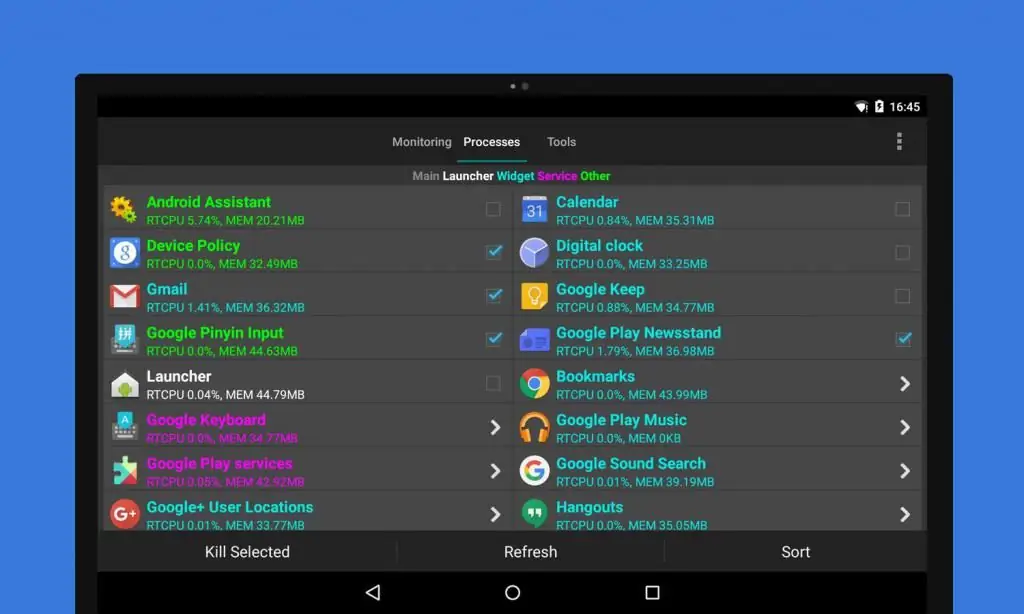
DU Speed Booster
This application can clean your smartphone from unused background processes with one touch. In doing so, it will correctly complete tasks and disable autoloading of resource-intensive applications.
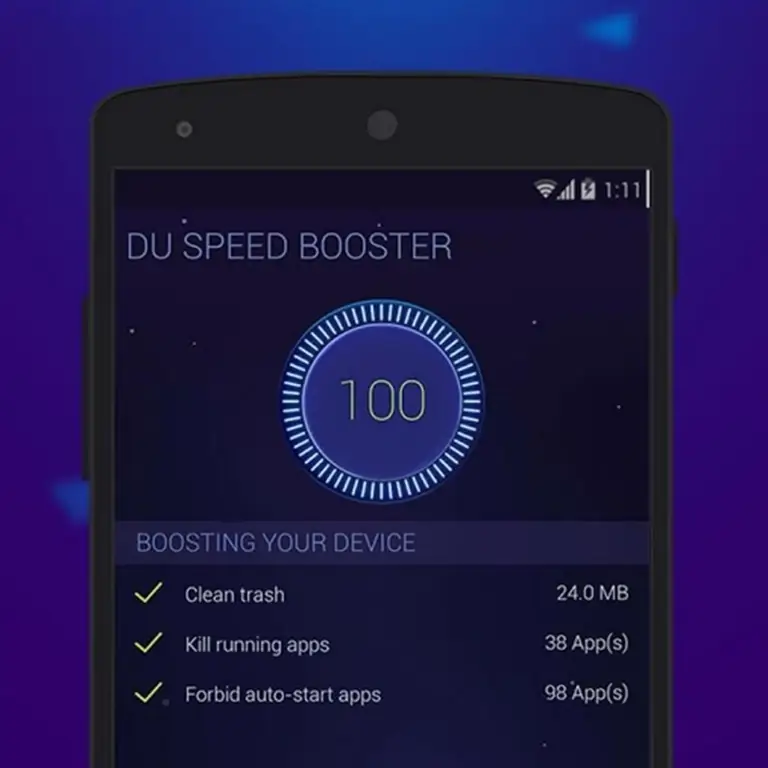
How to choose a smartphone with the required amount of RAM?
The average user does not always use a large number of resource-intensive applications. On average, this is 2-3 instant messengers, the same number of social network clients, any applications of infrequent use, such as cards, trading platforms, payment systems, browsers or media players. The entire load from such use as a whole should easily fit into 2 gigabytes of RAM. At the same time, this volume should be enough to run more or less modern games. However, you may have to turn off several services from the background.
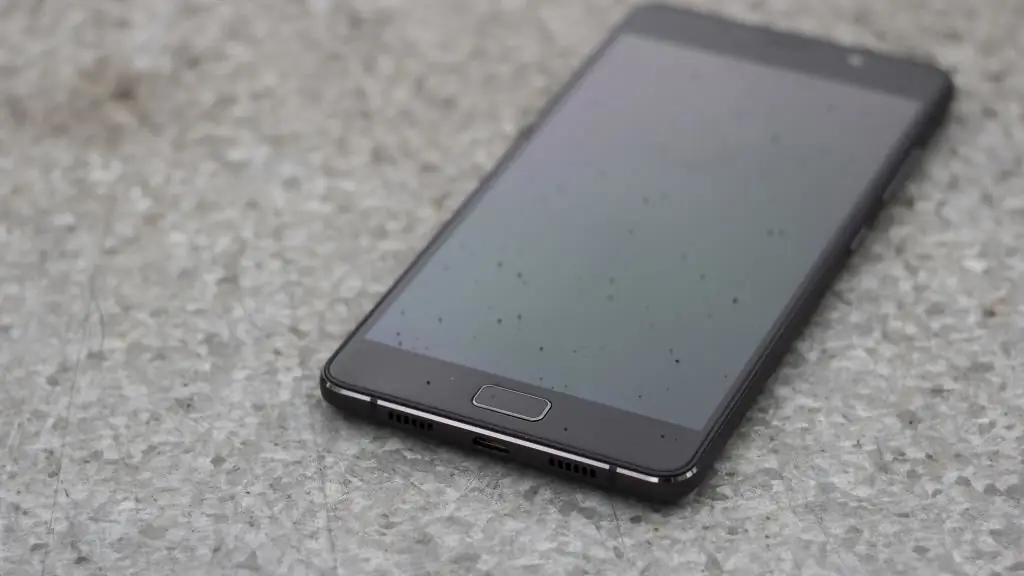
Therefore, when buying a smartphone for average use, you can safely pay attention to models with a memory capacity of up to 2 gigabytes.
Conclusion
This article wasit is considered in detail what the RAM in the phone means, what and how it is spent, and also in what ways it can be optimized. It is worth understanding the main nuance of RAM - the ability to simultaneously use a large number of applications and services. The more memory, the more you can load into it. Speed, meanwhile, remains in the background, since the speed with which data moves is sufficient for most users today. Although many modern smartphones are already equipped with more efficient memory chips, the difference in speed is almost imperceptible to the user. But there is a significant improvement in energy consumption. For example, the latest LPDDR4 memory type has 40% less power consumption than its predecessor. Therefore, when choosing a smartphone, you should also pay attention to the type of memory, if the user is particularly sensitive to energy saving.

